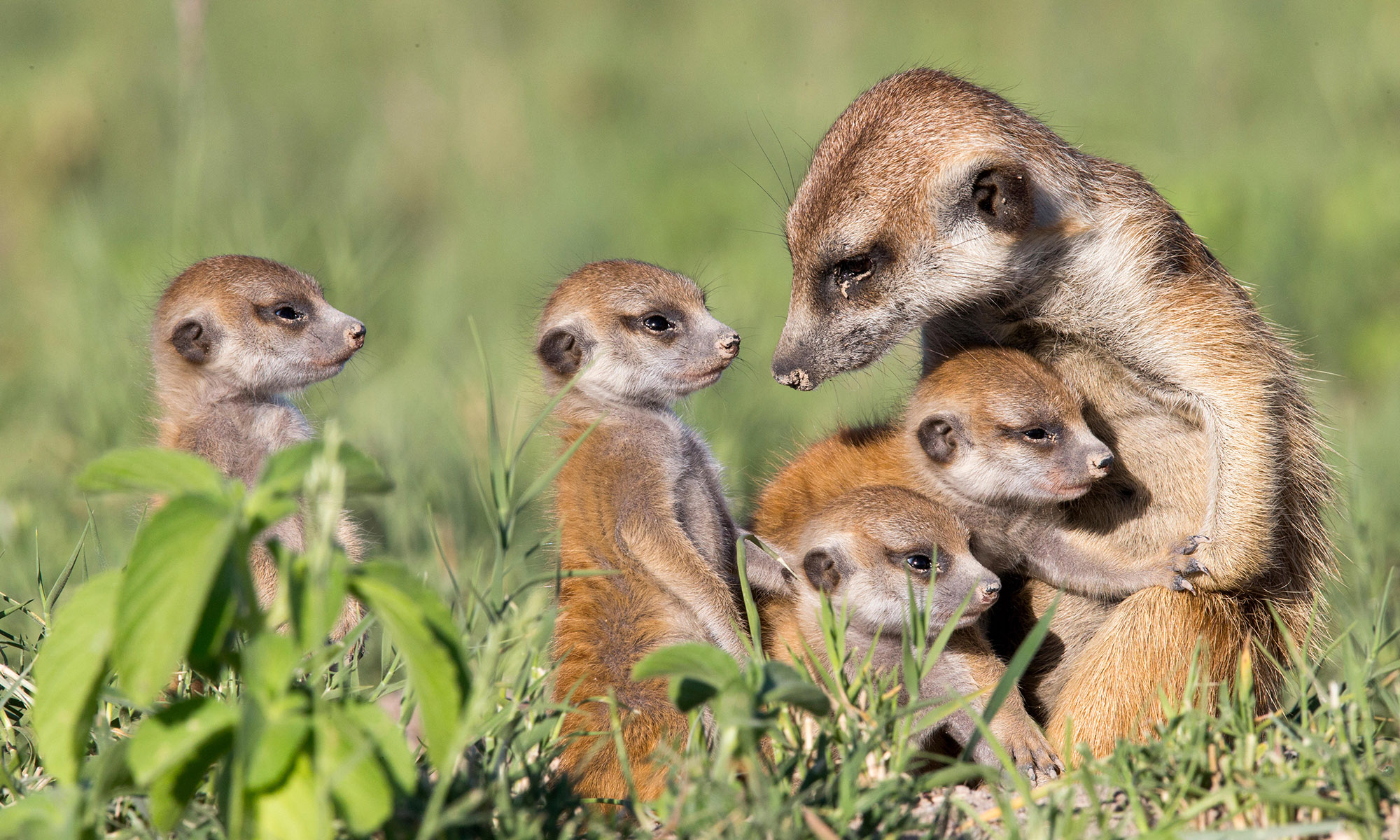
Embedded brains change
I believe most people don’t appreciate how often emotions influence their thinking, decision-making, and behaviours. Two recent items reinforce this idea for me. The first is research on social interactions among primates and bats (Science, 2021-10-24). A reviewer of the study asked, “What if embedding the brain in a group changed how it works?” To someone with a systems perspective, it’s clear that embedding a brain in the group changes it. But what seems obvious may not be fact. The researchers studied a series of interactions with multiple individuals while measuring specific neuronal activity. They found areas in primates tuned for activity from competitors, partners, and collaborators in the prefrontal cortex. This sounds like a family or workplace to me.
Family can drive you batty
This occurs in bats as well. Primate and bat evolution over the last fifty million years has organized their brains to recognize and track specific other individuals. (These are the two species reported). Interactions with other individuals organize the connections in the brain to allow this to happen. This functionality of the “operating system” is millions of years old. This must be pretty valuable and efficient to have lasted this long. So helpful that we don’t need to train to do this. This is like learning our native language, the learning is automatic.
Emotions between species – Mama’s Last Hug
Jan van Hooff visits chimpanzee “Mama”, 59 yrs old and very ill…
The second item was the linked video of “Mama’s last hug. Frans de Waal wrote a book with the same name. Mama’s caretakers had a lifelong relationship with her and the troop, her family. The video shows how Mama, near death, recognized van Hoof and mustered up the energy to react with displays of affect to his presence. Humans call it an emotional reaction that came from their deep emotional connection. What I find so interesting is the cross-species recognition and reaction. For me, this represents how strong the emotional forces are in all of us—chimps and humans. And how old the origins of this wiring are.
Emotions – 400 million years in the making
Bowen theory distinguishes between emotion and feelings. Emotions are biological processes common to all living things. They govern processes like feeding, resting, reproduction, hydration, body maintenance and defence. Feelings are the conscious awareness of emotion. Fish are the origin of our stress response system, the “HPA axis,” which makes it over 400 million years old! I doubt they are aware of being stressed. Nature kept refining the stress response system across species and time. Therefore, we do things and later wonder why we did because we weren’t aware of the emotions that drove the behaviour.
Respect those emotions!
I try to remember to be respectful of what myself and others are up against as we work to become less reactive, more thoughtful, and more differentiated. Emotions run deep because they are adaptive. The next time I catch myself getting reactive, I will try to remember that MY biology, perfected over millions of years, is giving me information. I’ll try to ask myself: what is that information telling me? This might help me be a bit more curious and observant, which will tone down my reactivity. This will help me choose how I want to show up as my mature self. After all, humans are remarkable in their ability to be thoughtful. But as the above research shows, this ability isn’t unique to humans. It runs deep.
Posted by Dave Galloway.
dave.galloway@livingsystems.ca
Check out other Bowen theory resources here: RESOURCES
If you found this post helpful, maybe people you know would as well. Please feel free to share!